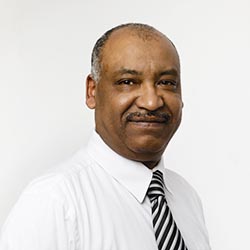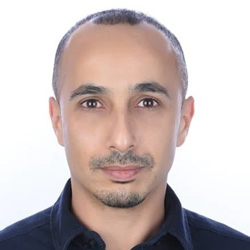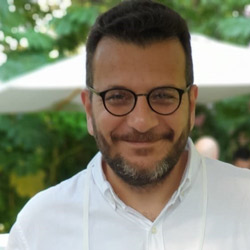Lebanon
The Context
While Lebanon's political climate remains relatively stable, the country continues to be affected by the impact of the regional instability and war in Syria, and has been overwhelmed by an estimated 1.5 million Syrian refugees, adding to the existing 450,000 Palestinian refugees. According to the World Bank, refugees now make up around a quarter of Lebanon’s 6.08 million population, straining public finances, service delivery and the environment.
While overall unemployment is estimated at 6 per cent of the active population, youth unemployment reached 17 per cent.
Agriculture generates just 2.9 per cent of economic output, yet it employs 12 per cent of Lebanon’s workforce. Just 11 per cent of Lebanon’s population live in rural areas, but over 20 per cent of households in the agricultural sector are classified as very poor. In the absence of a legislative framework and clear policy, refugees work in farming while rural regions of North Lebanon and the Bekaa Valley experience poverty rates of 36-38 percent.
With its Mediterranean seaboard, Lebanon has relatively high winter rainfall but has problems with water quantity and quality, making it vulnerable to climate change. That affects the livestock sector which dominates rural employment. The Syrian crisis has had broad effects on the economy, including farmers, who suffer restrictions on access to border areas and higher costs.
The Strategy
In Lebanon, IFAD loans work to reduce rural poverty by substantially increasing agricultural productivity and incomes of poor rural communities. Current projects are focused on enhancing smallholder production, processing and marketing.
Activities target poor, small-farm households directly or indirectly affected by the conflict in Syria.
In response to the Syrian crisis, IFAD has established a Facility for Refugees, Migrants, Forced Displacement and Rural Stability (FARMS), to ensure that poor rural people overcome poverty through remunerative, sustainable and resilient livelihoods.
Key activities include:
- promoting development of on and off-farm enterprises;
- reducing production costs by investing in new technology, use of high-yielding varieties and more efficient use of water;
- increasing value added on the farm;
- promoting local associations and grassroots organizations, mainly credit cooperatives; and
- empowering rural women.
In 2009, IFAD financed a small country grant of US$200,000 to support capacity-building for a pro-poor review and launch of a national Agricultural Development Strategy.
The IFAD Country Strategy for Lebanon (October 2016) identified the following two strategic objectives for IFAD engagement:
(i) increase opportunities and improve living conditions for communities depending on dairy livestock through improved production, capacity development, access to veterinary services, and policy dialogue, and
(ii) support rural enterprise development for dairy processing through SMEs and CBOs including cooperatives, producers’ associations as well as private sector entities.
On this basis, the engagement of IFAD in Lebanon includes contributions to:
(i) assisting the GoL in strengthening the livestock sector;
(ii) supporting rural communities hosting Syrian refugees by promoting initiatives that generate income and employment opportunities; and
(iii) triggering grant resources upon request by GoL to urgently respond to the influx of refugees into the region.
Based on that, IFAD has designed the Harmonized Actions for Livestock Enhanced Production and Processing (HALEPP) project which started in 2019.The overall goal of the project is to contribute to the reduction of rural poverty of resource-poor Lebanese rural households and Syrian refugees. The development objectives of the project are:
(i) to increase the income of smallholder dairy producers and processors, and
(ii) to increase in employment opportunities of young Lebanese in communities affected by the Syrian crisis and young Syrians living in these areas.
Country Facts
- An estimated 1.5 million Syrian have joined 450,000 Palestinian refugees in Lebanon, where refugees are now 20 per cent of the population.
- Agriculture generates just 2.9 per cent of economic output, yet employs 12 per cent of Lebanon’s workforce.
- Although Lebanon is a middle-income country, the national poverty rate is 28.6 per cent and over 20 per cent of farming households are classified as extremely poor.


